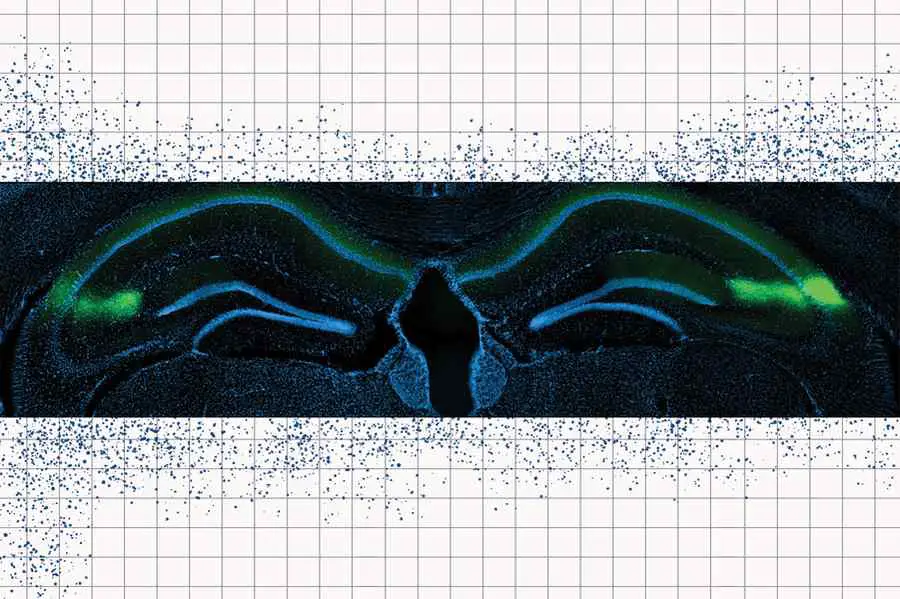Brain maintains a memory timeline, which is an intriguing fact. And this could be an animal brain or a human brain. But talking in particular about the human brain, ever wondered how we recall events from the past? And also remember pretty much about a particular event’s time and place? Well, neuroscientists direct from the labs of MIT call it an intricate relation of time, place, context, and representation. They did some amazing piece of work involving a series of experiments related to the etching of a memory about an event in our brains. Let’s see the facts they have established so far to explain how the human brain maintains a memory timeline?
The mice-experiment:
MacDonald and Susumu Tonegawa from the Picower Institute for learning and Memory are the main researchers of the study. Their paper is about to hold a spot in the PNAS, Proceedings of the National Academy of Sciences. They say that the time and location of the event get recorded at separate locations in our brains. And the time is recorded in the hippocampus region of our brains. For their experiment, they made mice to run on a maze to observe its time and space-related behavior. The hippocampal circuit in their brains registered the time-related information, with the help of which they were could take turns left or right.
Human brain maintains a memory timeline- basic understanding
Based on these findings, this area of research about memory patterns seems to be ever-expanding. While our brains make newer memories, a varied number of neurons get involved in the process. They encrypt, register, and retain information related to the time and also the place of the events. Our brain uses this information to map a context and create a memory lane or our life chronicles. This is what seems as a base for how the human brain maintains a memory timeline.
Time and Place cells
Now, the context related to a particular event consists of two main parts. These simply are the time and place or can say when and where the event happened. The real challenge for scientists is to find out how our brain uses these parts in unison to produce a memory. Now the scientists discovered neurons responsible for registering location/place related information around 50 years ago, the neurons responsible for recording time were discovered in 2011.
They are called “place cells”. And make an important part of the entire context of the specific memory. Another important part of any context is the time, i.e. when a particular event took place. The particular cell-type that maintains a time log in our brains is called CA1.
The supporting experiment
Yet another interesting experiment was conducted with mice. And they were subjected to respond to two stimuli of an object and a smell and were made to encounter both with a time lag of 10 seconds first and then later 20 seconds. It was interesting to find that the cells exhibited time-specific firing patterns proportionately. It was interesting to find that these cells were forming and following a pattern similar to place cells. Thus confirming that these time and place cells manage our memory and map these time and place experiences into a context.
Now researchers here speculated that might be another region of the brain helping CA1 cells for the timing information. There have been some previous related studies suspecting the involvement of another type of cells called CA2 cells. They help provide the time-related information. Though the CA2 region of our brain remains understudied but we have enough reasons to believe that it has a concrete connection with CA1 cells.
Link between CA1 and CA2
The base:
Researchers continued the mice experiment to establish a relation between CA1 and CA2. An engineered or genetically modified mouse was used to run on 8-figure maize. I was tempted for a reward to run left and right alternatively. And a light was used to gauge and control the CA2 region’s neural activity in the mice brain. After the mouse had run on the maze, it was made to run on a treadmill for 10 seconds, to give it a different feel of time and space. Here, the mouse was expected to retain its previous run’s left and right turns and do the opposite in the next 8-figure maze trial. And the time when the mouse ran on the treadmill, researchers turned off their CA2 activity only to find how it performed with only CA1 neural activity.
The findings:
They found that the mouse’s performance dropped significantly as it could not remember its turns from the previous trial. This was interesting and surprising at the same time to observe such changes. It established that with diminishing the activity of CA2, the activity of CA1 also affected in terms of precision and stability. And when a different model was used to diminish the CA2, the related effect was different. This brings out the fact that the brain’s different regions encrypt information on a preferential basis.
Thus an interesting fact established here is that the time and place cells or regions of the brain can function differently under different circumstances. They can work parallel, or unite or work differently. Thus, this becomes scaffolding for further researches, related to humans’ perception of time. And our understanding of time affects our behavior under different circumstances.
Conclusion:
It will be interesting to know the exact underlying process of how the human brain maintains a memory timeline. Researchers like MacDonald have worked meticulously to find out relations between time and place cells, how do they affect and communicate with each other. How CA1 and CA2 are related to each other, and also how they work united to fabricate a memory-related context. And thus, helping us remember events with time, place, and context from the past. Researchers are also extremely interested in to know how our brain logs short term and long term events. Or can say events that are only seconds apart or events that have longer time gaps between them.
Also Read Why motivation to learn declines with age?






